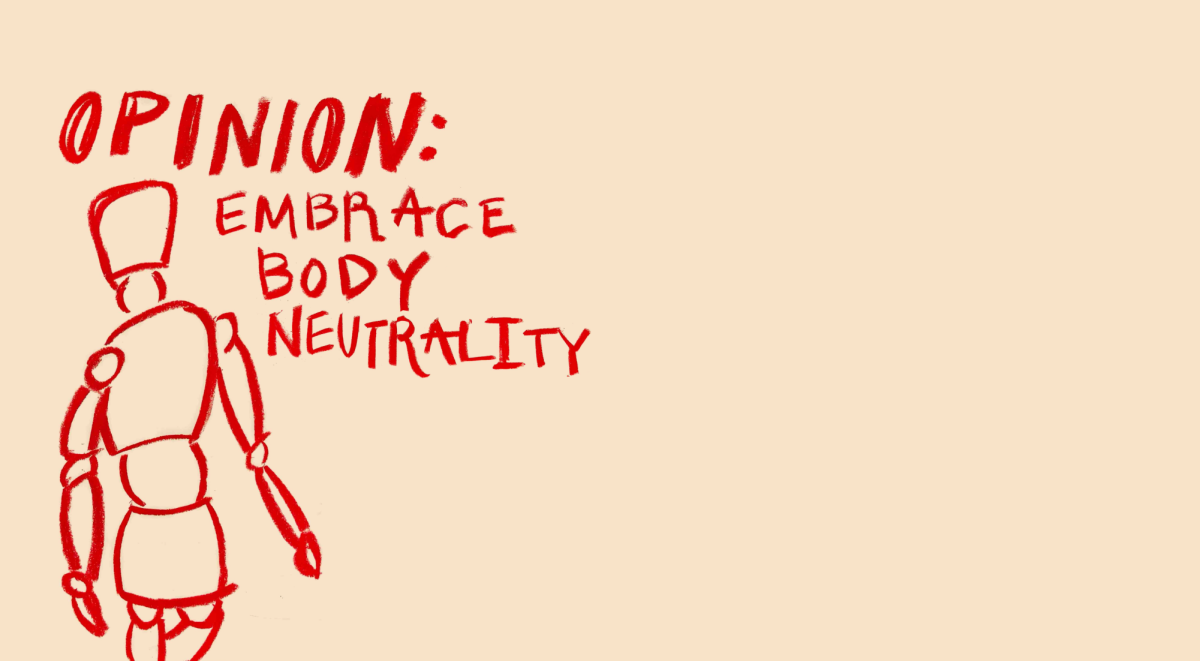This article originally appeared in the Health and Medicine print issue, in stands January 2025. It has not been updated and some information may be out of date.
A subtle shift can be noticed by anyone who tuned in to Hollywood in the past decade. According to UCLA Health, Ozempic has been prescribed by doctors with a 40-fold increase within the last five years. The medication has the intended use of treating type 2 diabetes in adults. However, diabetes diagnoses have not risen at anywhere near the rate of Ozempic prescriptions.
The injectable is being used for a key side effect — rapid weight loss. Columbia Surgery claims that Ozempic causes users to lose up to 20% of their weight in a few months due to its appetite-suppressing effects. Many celebrities have publicly spoken about using the diabetes medication for this purpose, including Rebel Wilson, Elon Musk and Kelly Osbourne. Other celebrities face unconfirmed speculation about the usage of this drug as they have been observed to have undergone what appears to be rapid weight loss.
Whether or not these stars are taking advantage of the coveted side effects of Ozempic, one thing is evident: there has been a recent re-narrowing of acceptable female body types in Hollywood. We must reframe the way we discuss bodily autonomy and women’s bodies as a matter of public health.
Objectification and Disposability
It is no secret that fashion follows a trend cycle. In the mainstream sphere, this begins with the top 1% and slowly trickles down to the lower classes. It becomes overly normalized among the lower classes, prompting elites to seek new ways to differentiate themselves, thus continuing the cycle.
Women’s bodies are seen as interchangeable with fashion and clothing. They are treated and discussed as something disposable and material. They are objects for pleasure and gaze rather than vessels occupied by the soul and mind.
Anatomy is style, and it is changed, switched and altered as such for the same purposes of signifying status and following trends. Starlets are hidden away after undergoing anatomy-altering procedures to hide their blood and bruises from the public. This maintains the illusion that their bodies are garments, seamlessly altered to their most flattering fit.
The treatment of women relies on obscuring their humanity. When cosmetic surgery fails to align a woman’s body to male ideals, she is endlessly shamed. The female body is entangled within the same trend cycle that affects clothing, with certain sizes and shapes swinging in and out of fashion.
Body Image and Media
Under this cycle, there is a current resurgence of fatphobia in reaction to the body positivity movement of the 2010s. This is dangerous. Body dissatisfaction has been linked to serious side effects, including depression and eating disorders.
This body dissatisfaction is directly linked to how the media idealizes thin body types. A 2021 Flinders University study showed that people who are more involved in celebrity culture are more likely to seek cosmetic surgery, have body image issues and practice disordered eating.
The early 2000s were stained by these attitudes. Popular tabloids were dominated by publicly fat-shaming perfectly healthy, successful women such as Jennifer Lawrence and Britney Spears. While weight gain is oftentimes completely harmless, the media signals that thinness is precious and fatness is evil. We must reject these false notions. Both fatness and thinness are completely morally neutral states.
Shifting the Narrative
The villainization of certain bodily states creates a stigma around ways of existing. True bodily autonomy is derived from body neutrality. This mindset of body neutrality applies to all people who face stigma from the state of their bodies and the decisions they make about them. This includes trans people, disabled people and women, all of whom are more greatly impacted by these attitudes of fatphobia.
Trans people are continually denied gender-affirming healthcare while celebrities who undergo medically assisted weight loss and cosmetic surgery are praised. This is revealing of the true motivations behind attitudes towards body modification. The euro-centric and gender-compliant standard is ruthlessly enforced in every sphere of society from celebrity gossip to law.
We have to reach a point of acceptance with the counterintuitive reality of cosmetic body modification. It reflects both bodily autonomy and the oppression of a society that denies it. Meeting people’s bodies with radical acceptance will de-normalize harmful trends in a way that doesn’t further deny people autonomy.
We must hold the media to higher expectations and resist the Ozempic-fueled resurgence of extremely fatphobic attitudes in our culture. Young women deserve to be met with acceptance and empathy instead of stigma and shame.




